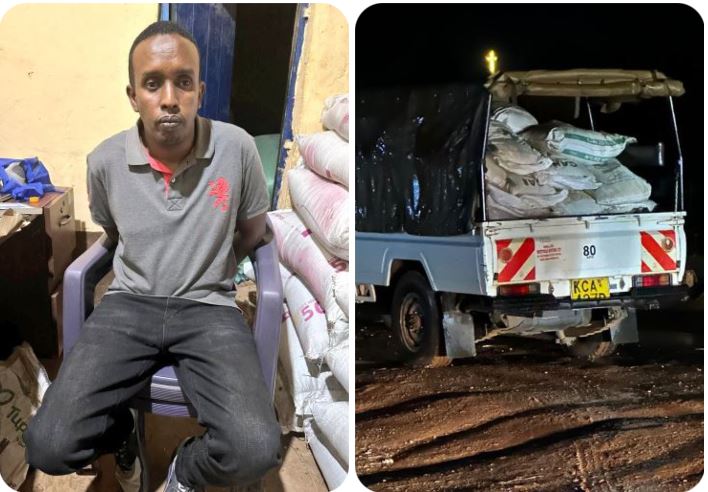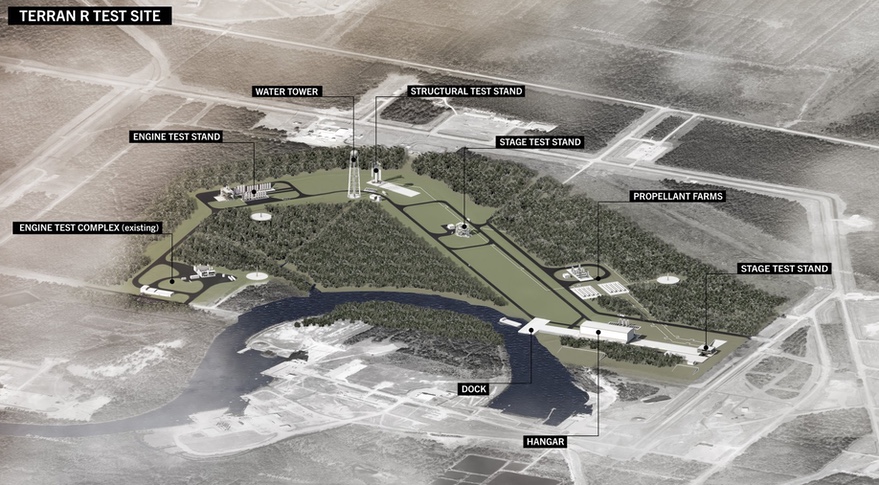
Updated 1:20 p.m. Eastern with identity of remanifested cubesat.
WASHINGTON — A Sherpa tug has been removed from an upcoming SpaceX rideshare mission after its propulsion system developed a leak, forcing Spaceflight to find new rides for 10 cubesats.
Spaceflight said Dec. 21 that, after integrating its Sherpa-LTC vehicle with SpaceX equipment for the Transporter-3 mission scheduled for launch in mid-January, technicians discovered a leak from the propulsion system of the Sherpa. That propulsion system, provided by Benchmark Space Systems, had just been installed and fueled prior to integration.
“At this time we believe there is no damage to any customer spacecraft or safety concerns, but it is a significant development,” the company said. “Out of an abundance of caution, we have decided not to fly the Sherpa-LTC1 on our SXRS-6 mission.”
Jodi Sorensen, spokesperson for Spaceflight, said the leak was discovered Dec. 21. The Sherpa has been taken off the SpaceX launch hardware and will be shipped back to Spaceflight’s facility in Auburn, Washington, for analysis. “We’ll continue to work closely with Benchmark to learn the root cause of the leak, but there’s nothing definitive at this point,” she said.
The leak was discovered the same day that Benchmark announced that its thrusters had been installed on Sherpa and fueled. The Halcyon Avant thrusters use high-test peroxide and hydrocarbon propellants that offer performance similar to systems that use hydrazine and mixed oxides of nitrogen, company officials said, without the handling challenges of those toxic propellants.
The Halcyon Avant thrusters installed on Sherpa-LTC1 are the first slated to go to space after completing ground tests. A company spokesperson referred questions about the leak to Spaceflight.
The removal of the Sherpa from the Transporter-3 launch affects 10 cubesats that would have been deployed from it. Three larger synthetic aperture radar satellites, two from Capella Space and one from Umbra, are attached to different ports on the Falcon 9 payload adapter and will still fly on the SXRS-6 mission, Spaceflight said.
The affected satellites include four Kleos Space cubesats called the Patrol Mission by the company. That set of cubesats, its third cluster of cubesats, is designed for radio-frequency geolocation. Lynk Global had its first commercial satellite, Lynk Tower 1, on the Sherpa as the company begins to roll out its satellite telephony services.
NASA’s Low-Latitude Ionosphere/Thermosphere Enhancements in Density, or LLITED, mission features two 1.5-unit cubesats developed by The Aerospace Corporation to study aspects of the nighttime upper atmosphere. That mission intended to make use of the Sherpa’s propulsion system, maneuvering into a lower orbit to release those cubesats.
The Czech Aerospace Research Centre and smallsat manufacturer Spacemanic were flying the VZLUSAT-2 three-unit cubesat to demonstrate technologies for a future Czech satellite constellation. German company Space Products and Innovation had SPiN-1, a one-unit technology demonstration cubesat. The Portland State Aerospace Society has OreSat0, a one-unit cubesat built by university students using open source technologies.
Spaceflight says it’s working on remanifesting those satellites on other launches. “Leaving no stone unturned, we’re doing our best to find launches for them as quickly as possible,” Sorensen said. She later said Spaceflight worked with another payload integrator to remanifest one satellite, VZLUSAT-2, on Transporter-3.
Note: This article have been indexed to our site. We do not claim legitimacy, ownership or copyright of any of the content above. To see the article at original source Click Here







